
Brandpunt
Amersfoort, NL
Modern church without tower in the large, northern expansion district of Kattenbroek. Until 2010 in shared use by the Roman Catholic Parish of St. Martinus in Hoogland.
Here you can search for a building to visit. You can use the map find destinations, or you can use the filters to search for a building based upon what different criteria.

Amersfoort, NL
Modern church without tower in the large, northern expansion district of Kattenbroek. Until 2010 in shared use by the Roman Catholic Parish of St. Martinus in Hoogland.
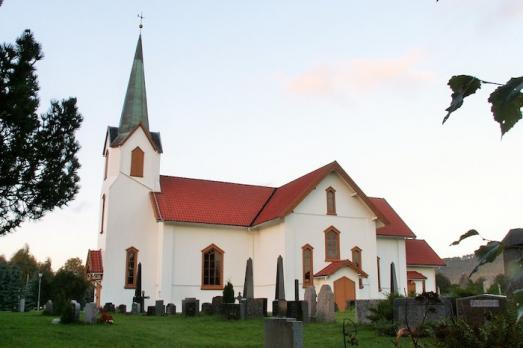
Brandval, NO
The Brandval church is a wooden church dating from 1651 and is the only 17th-century church in Norway where period wooden vaults are preserved. It was given a Gothic Revival style when it was rebuilt in 1876-77 and was given a pulpit and an altarpiece from the 1600s during another restoration in 1965-67.
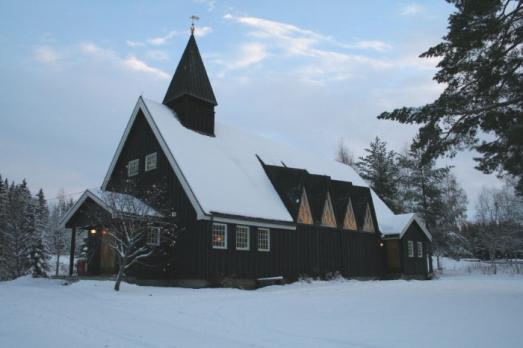
Gjøvik, NO
Bråstad Church is a wooden church that was built in 1963. The church has a long plan and was designed by the architect Per Nordan. The font probably dates from the early 1800s and was located in the old Hunn church, which was demolished in 1880.
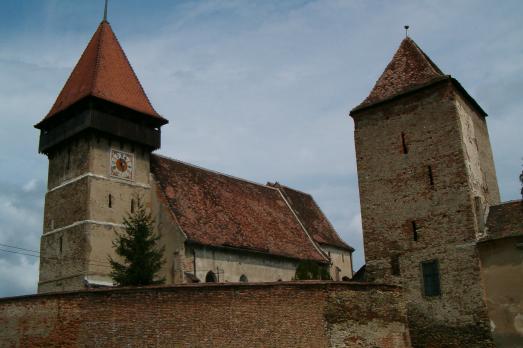
Brateiu, RO
Only few remains are still preserved from the Gothic basilica of the 14th century and today’s church bears the signs of the changes it underwent in the 15th century. The aisles were subject to multiple transformations: the southern arcades were demolished and the wall was heightened. Particularly interesting are the arcades preserved on the northern side featuring profiled columns and various capitals. In order to stand against attacks, the church was fortified: a defence floor was built above the chancel and a battlement walk on the bell tower. Moreover the assembly was surrounded by defence wall with a five-level gate tower. A community house was constructed later on in 1906 by using material left from the partial dismantling of the defence wall.
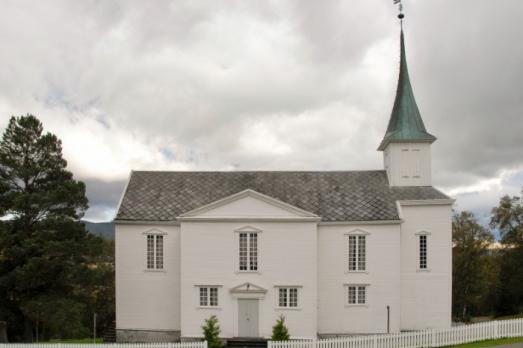
Trondheim, NO
The church in Bratsberg was built in 1850 by Ole Henriksen after drawings by Hans Ditlev Franciscus von Linstow. The old church, which stands about 1.5 km to the northeast, was probably a stave church. It was demolished shortly before 1663. Then a new church was erected over the town, with a Y-shaped plan. In 1845 the church was considered to be in poor condition, hence the construction of the new one.
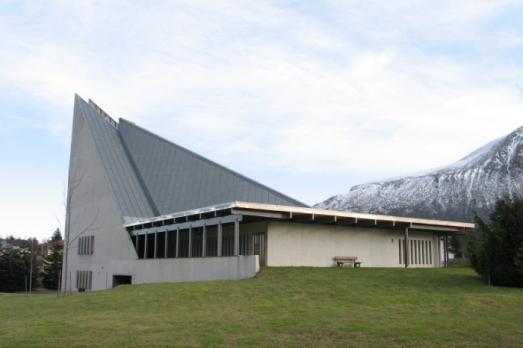
Brattvåg, NO
Brattvåg Church is a modernist church that was built in 1977 according to the design of architect Aksel Fronth.
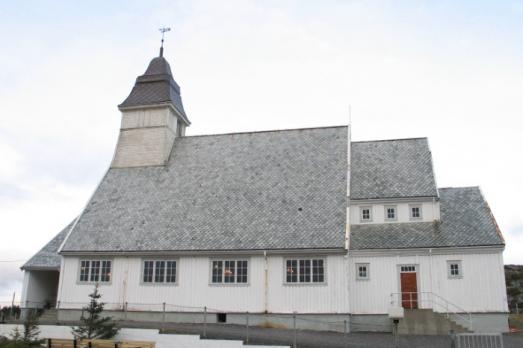
Smøla, NO
Brattvær Church is a long church dating from 1917. The church tower was repaired in 1978 with a new copper roof. The church was restored in 1987 and received, among other things, a new extension for the toilets.
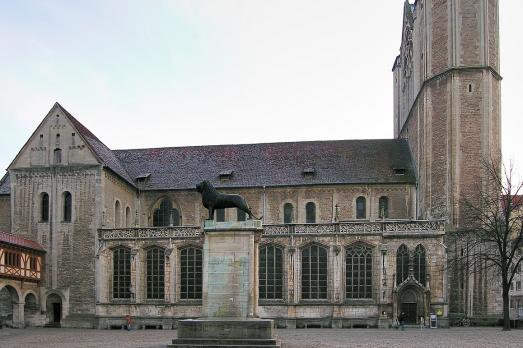
Braunschweig, DE
Braunschweig Cathedral was founded in 1173 by Henry the Lion. The building most probably received the designation "cathedral" as early as the 14th or 15th century. However, it was not so much a bishop's church as a monastery. Until the 19th century, Braunschweig Cathedral was therefore known as the Collegiate Church of St. Blasius and St. John the Baptist, which is still partly in use today.
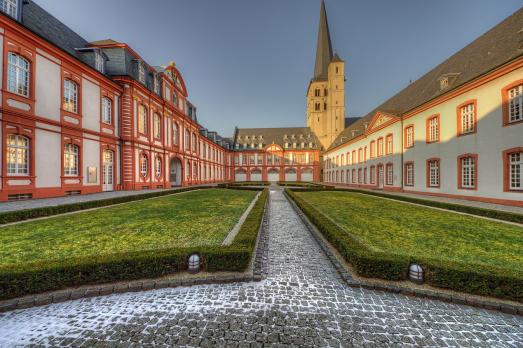
Pulheim, DE
Brauweiler Abbey is a former Benedictine abbey, founded in the 11th century by Poppo de Stavelot (977 - 1048) on the orders of the Count Palatine of Lotharingia Ezzo (955 - 1034). The monastery was dissolved during secularization in 1802. The monastery then had many uses as a labour and correctional institution, Gestapo prison and psychiatric clinic. It was not until 1988 that the former monastery became the present cultural and service centre of the LVR. Brauweiler Abbey is one of the largest Romanesque church buildings in the Rhineland.
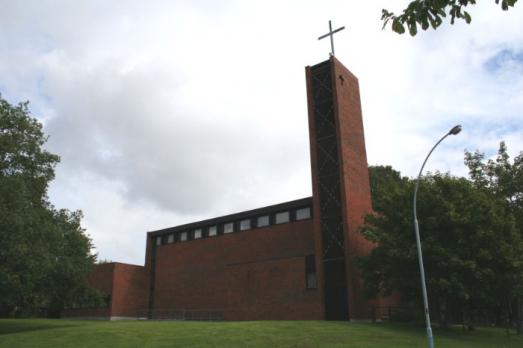
Oslo, NO
The Bredtvet church was built in 1977 by the architect Carl Corwin, ten years after the establishment of the parish. Although very close to the church, the bell tower is separate and contains 12 bells.

new
Nestled amidst the serene landscapes of the Harz region, lies a hidden gem for nature enthusiasts and history buffs alike - the Harz Monastery Hiking Trail. Lace up your hiking boots and embark on this captivating adventure that will transport you back in time.

The Holy Mile (Miglio Sacro) of Naples is a one-mile-long itinerary, through sacred places linked to the city's patron saint, San Gennaro, in the Rione Sanità district. Discover the city from a new perspective with this unique walking tour.

As a university city, cultural offerings abound in Tartu and will reach their peak after being designated one of three European Capitals of Culture for 2024. In this list, we've compiled the most interesting sacred places to visit in and around the old town.